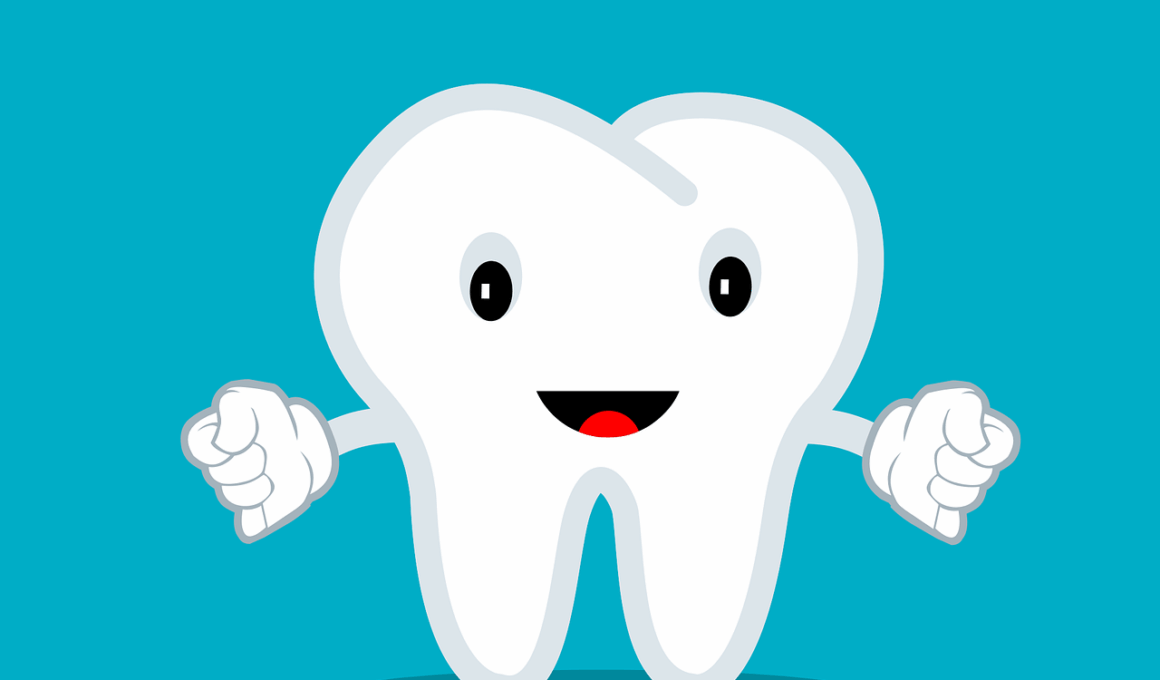Raw Diets: Benefits and Risks for Dog Dental Health
Many pet owners are considering a raw diet for their dogs, believing it could improve overall health, including dental health. Raw diets often consist of uncooked meats, bones, fruits, and vegetables, promoting a more natural feeding approach. Advocates argue that raw bones can help reduce plaque and tartar build-up on dogs’ teeth, leading to better dental health. Chewing raw bones can mechanically scrape off food particles and bacteria, which significantly contributes to fresher breath and healthier gums. Moreover, supporters claim that a raw diet can enhance a dog’s immune health and energy levels. However, it’s vital to balance the diet properly, as too much bone can cause constipation or digestive issues. Transitioning to a raw food diet requires careful planning and consideration of nutritional needs. It is wise to consult a veterinarian or a pet nutritionist to ensure the dog receives a well-rounded diet. Engaging professional help can mitigate the risks associated with dietary changes, keeping your dog’s health in mind. Additionally, monitoring the dog’s dental health should be ongoing, regardless of the chosen feeding method to achieve desired results.
Understanding the Nutritional Value
When discussing raw diets for dogs, understanding the nutritional components is paramount. Raw diets can include a variety of foods like meat, organs, and certain fruits or vegetables. Each component has unique health benefits, notably meat and bones which provide proteins and minerals. Bones, in particular, are praised for promoting healthier teeth through natural chewing action. This process helps to strengthen jaws and reduce plaque accumulation effectively. However, pet owners must ensure that bones are appropriate to avoid potential choking hazards or digestive blockages. Feeding a raw diet strategically can lead to reduced dental issues, but risks must also be acknowledged. An unbalanced diet lacking essential nutrients may lead to other health issues, such as dental disease. It is crucial to incorporate the right ratios of meat, organs, and bones in the dog’s meals. Regular veterinary check-ups are advisable, allowing for early identification of possible dental problems. Appropriate dental care, including professional cleaning, should still complement any raw diet, ensuring pets maintain optimal dental hygiene alongside a balanced nutritional approach.
The raw food diet’s growing popularity is highlighted by various testimonials from satisfied dog owners. These owners have often reported significant improvements in their dogs’ dental health, emphasizing reduced bad breath and cleaner teeth. However, anecdotal evidence should not overshadow scientific research and veterinary advice. It is essential for dog owners to approach dietary changes cautiously, considering their pet’s unique needs. Each dog is different, and what works wonders for one may not suit another. Along with anecdotal benefits, some pet owners notice improved coat condition and overall energy levels, attributed to the nutrients from a raw diet. While positive experiences are encouraging, some dogs may also suffer from adverse reactions such as food allergies or gastrointestinal disturbances. A gradual transition to a raw diet is imperative for minimizing potential digestive issues. Mixing raw food with the dog’s existing diet initially can foster acceptance and prevent shock to the digestive system. Careful monitoring during this transition phase is essential for identifying reactions. Balancing a dog’s emotional and physical health is equally important as adhering to nutritional guidelines for optimal outcomes.
Potential Risks of Raw Diets
Despite numerous claims of benefits, pet owners must also consider the potential risks associated with a raw diet. One significant concern is the exposure to pathogens such as Salmonella and E. coli commonly present in raw meats. These bacteria pose risks not only to the dogs but also to household members after contact with contaminated surfaces or utensils. Hygiene practices during food preparation become increasingly important, including thorough washing of hands and the dog’s food container. Additionally, potential nutritional imbalances can arise, leading to health issues like dental problems or even more severe conditions associated with nutrient deficiencies. Pet owners must monitor their dogs closely for signs of digestive upset or changes in behavior. Regular check-ups with veterinarians are recommended to address any emerging health concerns while on a raw diet. Furthermore, improper bone management can lead to serious issues like fractured teeth or suffocation risks. Understanding how to balance a dog’s raw diet correctly can mitigate some of these risks. Responsible pet ownership includes understanding the potential downsides associated with any dietary changes.
Another consideration when feeding a raw diet involves the age and health status of the dog. Puppies and senior dogs, for instance, may require special dietary considerations due to their unique nutritional needs. Young dogs are still developing and may not tolerate raw ingredients well, while older dogs may have pre-existing health conditions. These factors can significantly affect how well a raw diet is accepted and metabolized. Consulting with a veterinarian is essential to tailor a raw food regimen that meets these specific needs. In addition, dogs with compromised immune systems or other health issues should be cautious with raw meats due to the risk of exposure to harmful bacteria. Understanding the individual pet’s health background is critical when introducing any new dietary regimen. Vet advice can lead to more favorable outcomes, ensuring dogs benefit fully from the positive aspects while minimizing adverse effects. Incorporating regular dental check-ups can help track the dental health journey over time. Overall, working with veterinary professionals ensures a responsible and healthy approach to feeding dogs, particularly on raw diets. Continuous education about raw feeding practices plays a key role in making informed decisions.
Breeds and Dietary Preferences
Each dog breed presents its own unique set of dietary preferences and requirements. Some breeds may thrive on raw diets, whereas others may have specific needs that make raw feeding less appropriate. For example, larger breeds could benefit from tougher food textures, while smaller breeds might need more finely balanced nutrients to ensure proper growth and health. Understanding a dog’s breed-specific needs enhances dietary choices, ensuring they receive the right balance of nutrients. Individual similarities in digestion and metabolism also impact how different breeds react to raw diets. Tailoring dietary approaches to fit breed characteristics allows for improved dental health through better dietary management. Observational evidence from different owners indicates that some breeds show quicker benefits with dental cleanliness when consuming raw diets, mainly due to enhanced chewing requirements. Thus, breed considerations are crucial in the decision-making process regarding diet changes. It is beneficial for dog owners to research their specific breed and consult experts who understand the particularities. Discussing dietary changes with professionals tailored to breed characteristics leads to healthier dietary practices and overall well-being.
In conclusion, raw diets present both enticing benefits and significant risks for dogs, particularly relating to dental health. The potential for improved dental hygiene through raw feeding encourages many pet owners, while they must remain aware of the health challenges posed by raw meats. It is essential to approach raw feeding methodically and thoughtfully, ensuring that dogs receive balanced, nutritious meals to support their health. Regular veterinary consultations can help monitor pets’ adaptations and adjustments during dietary transitions. Appropriate dental care should not be neglected alongside the implementation of a raw diet, reinforcing health and wellness practices. Ultimately, when considering a raw diet for dogs, the priority should remain on personalized dietary approaches that accommodate individual needs. Investing time in research and understanding a dog’s unique preferences and health requirements enhances the experience. Addressing ongoing dental care, diet balancing, and engaging veterinary support contributes significantly to pet health. With diligence and proper planning, dog owners can effectively manage dietary changes, fostering both dental health and overall vitality.


